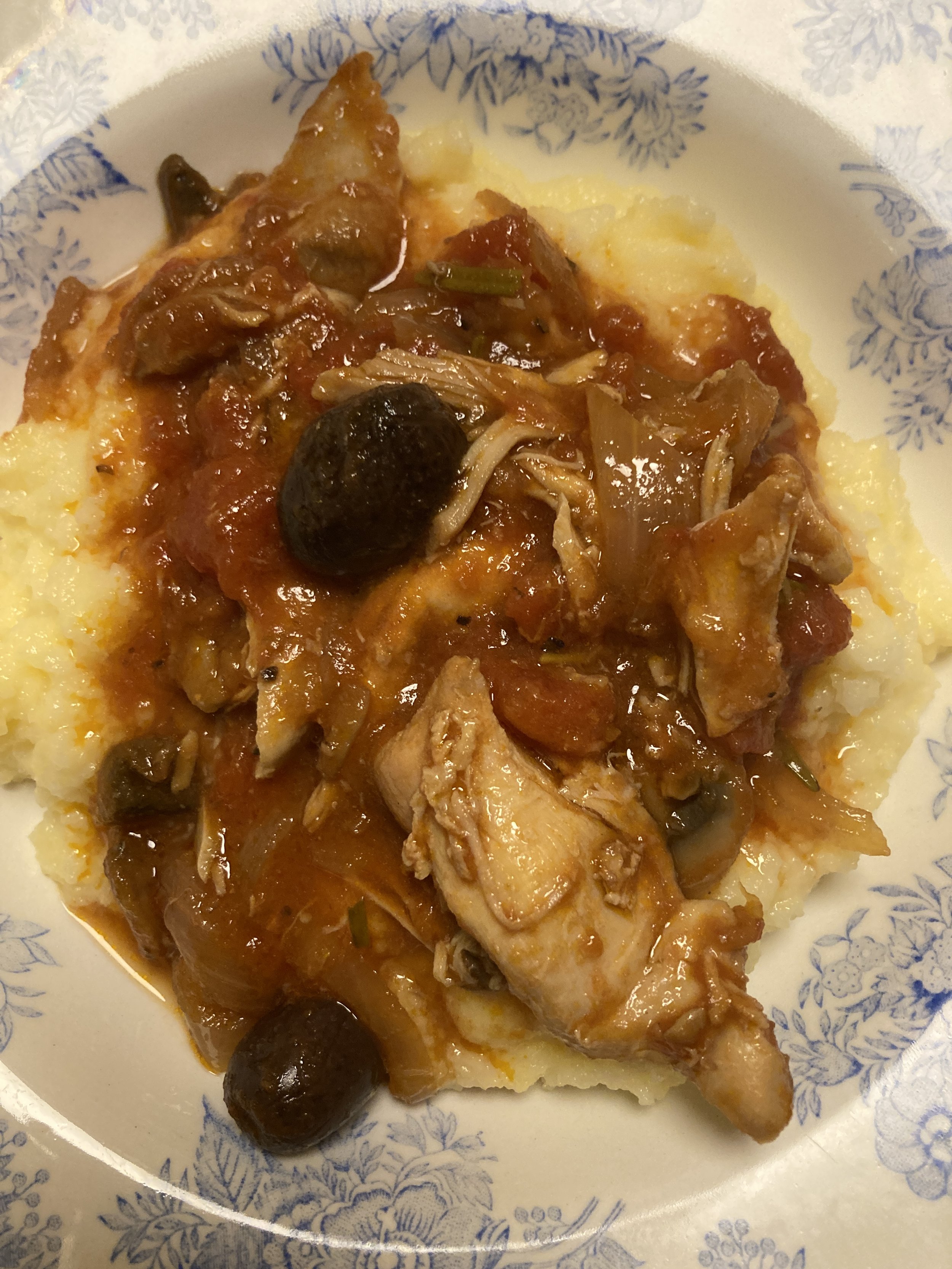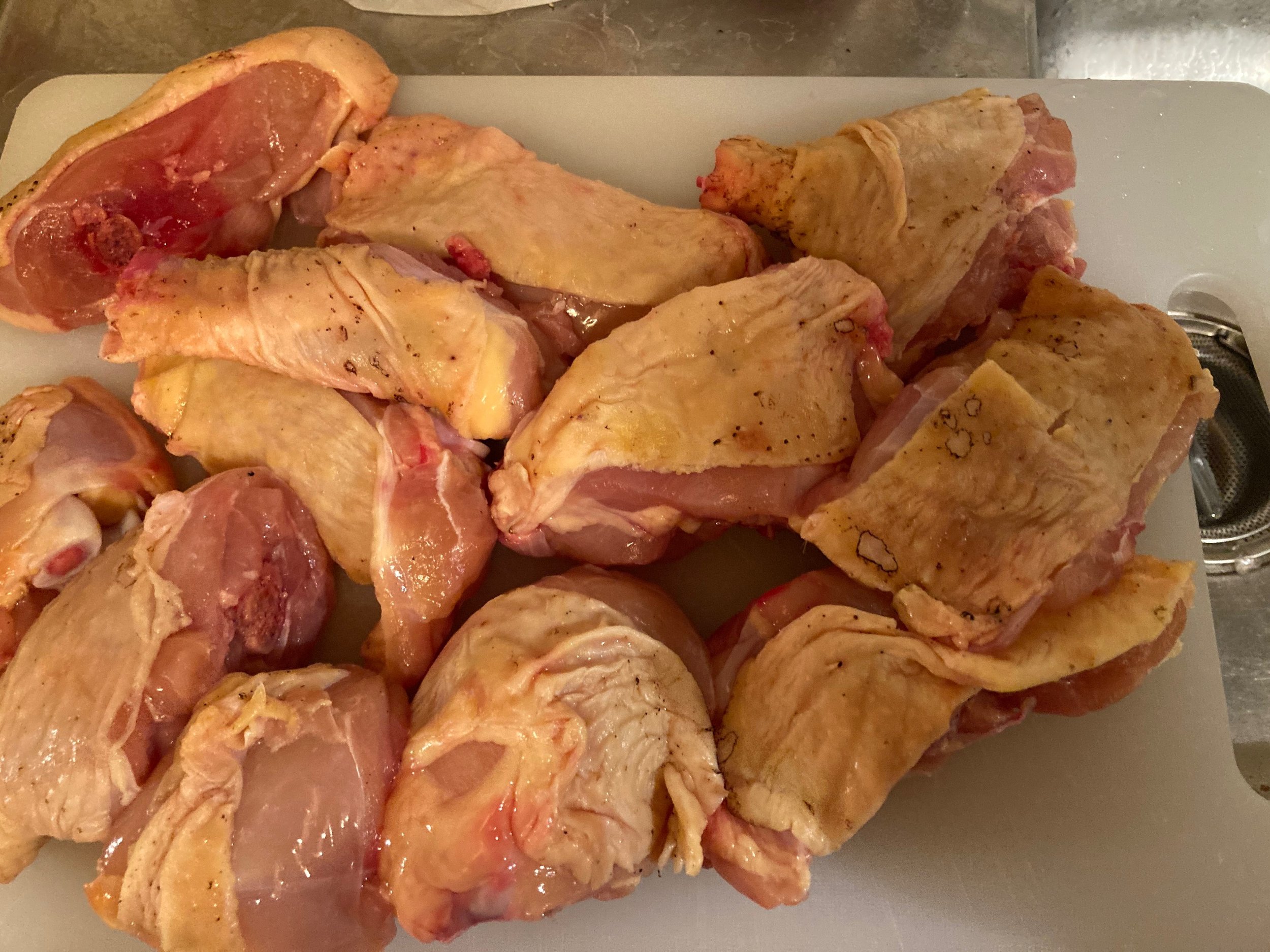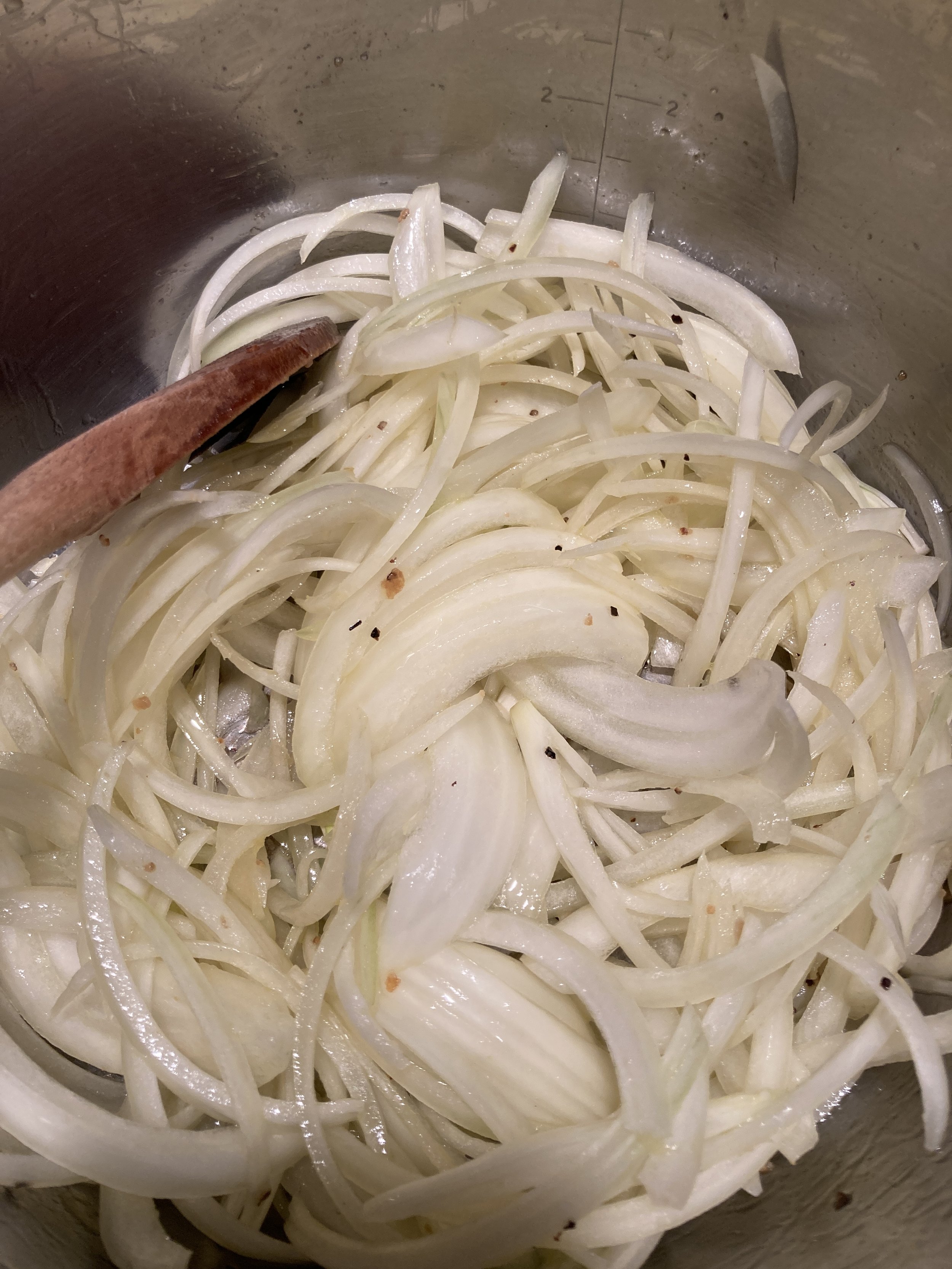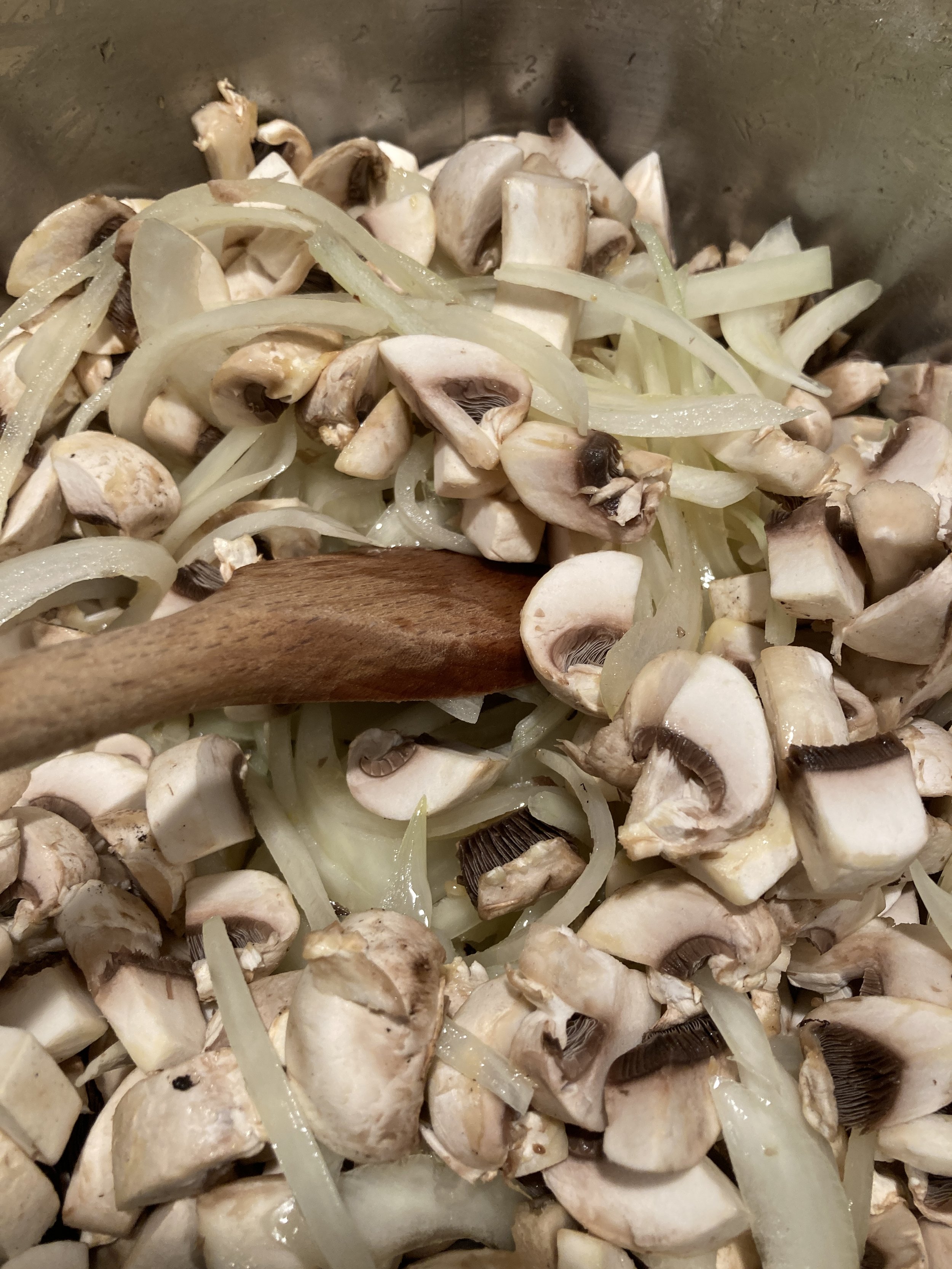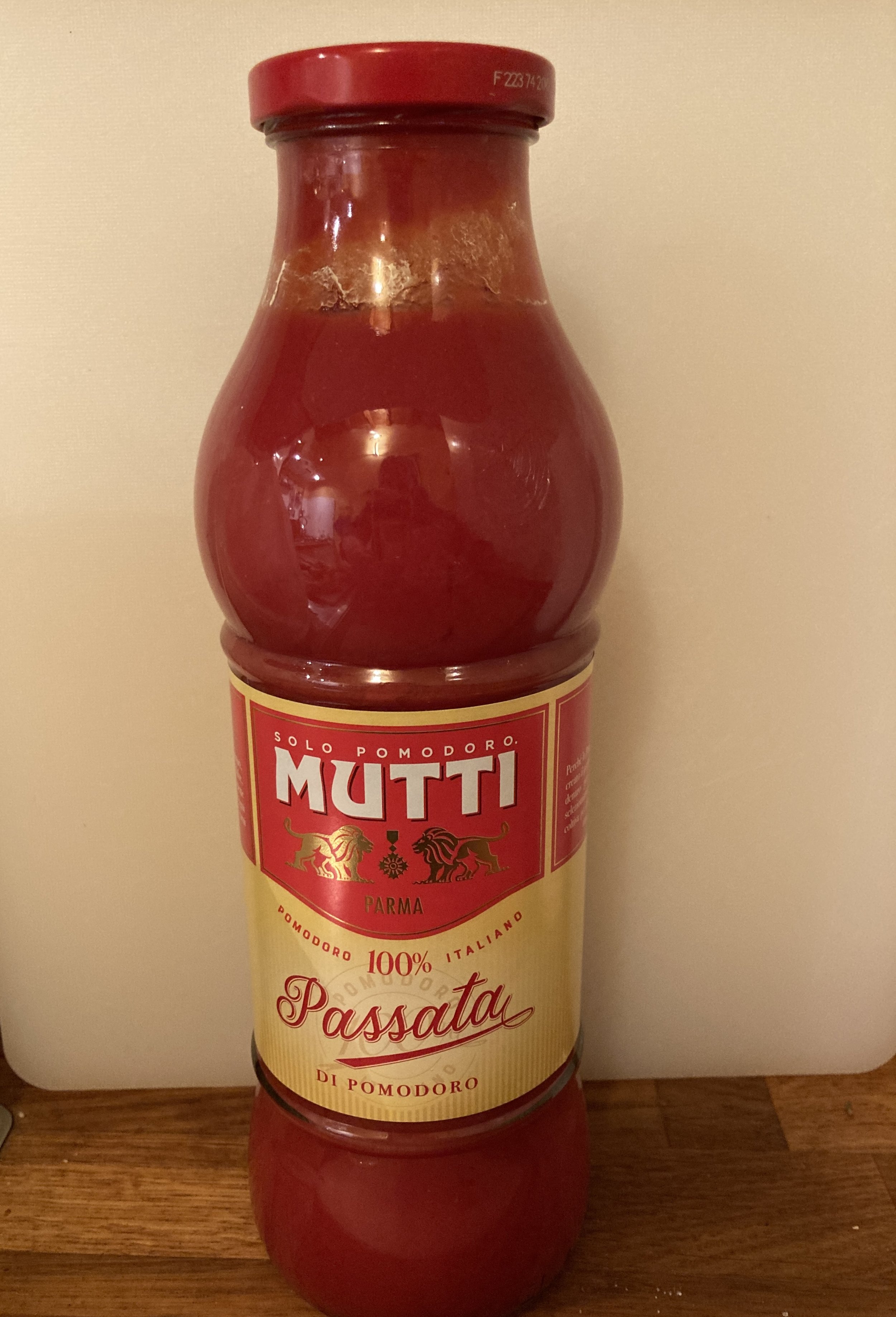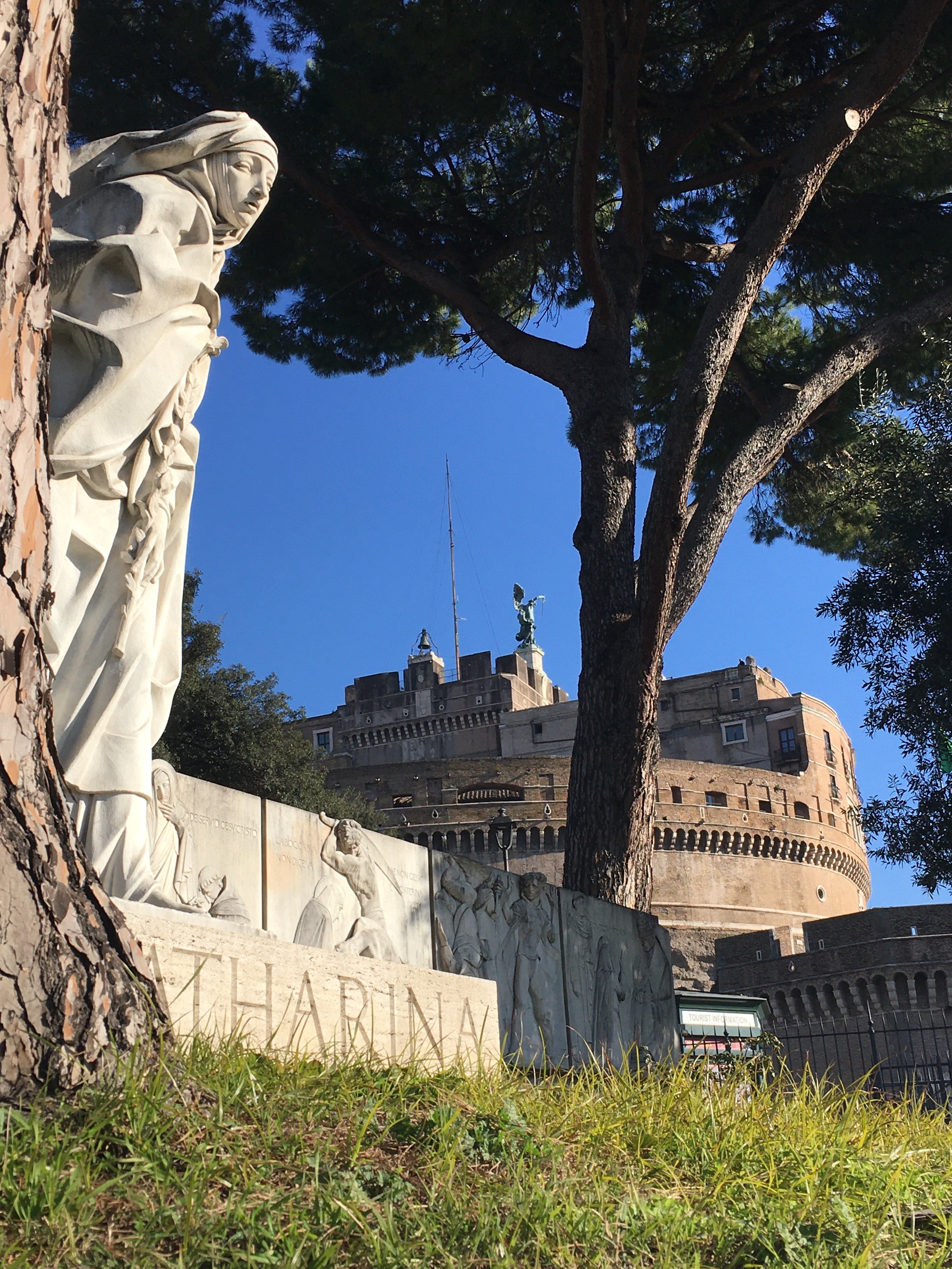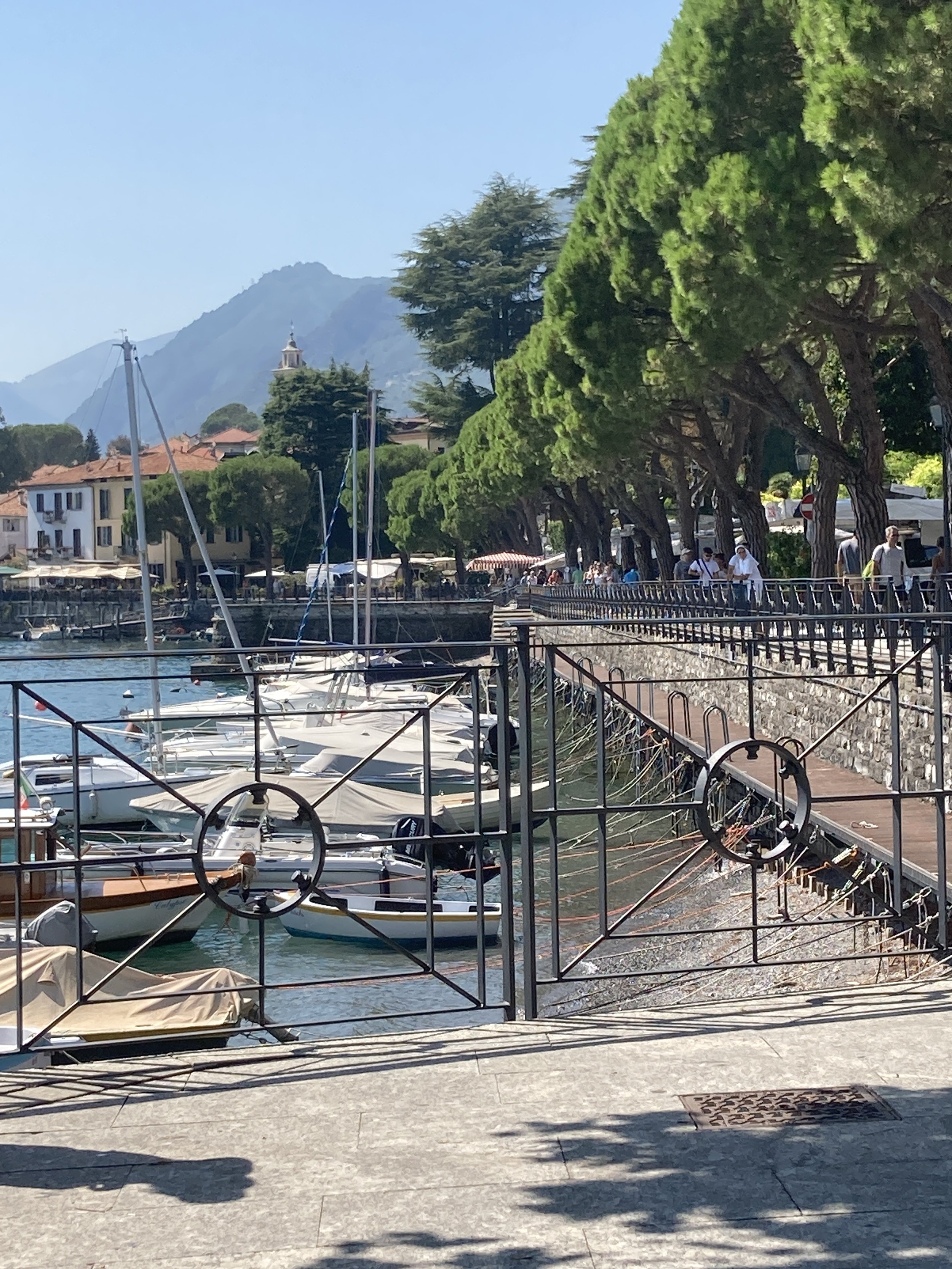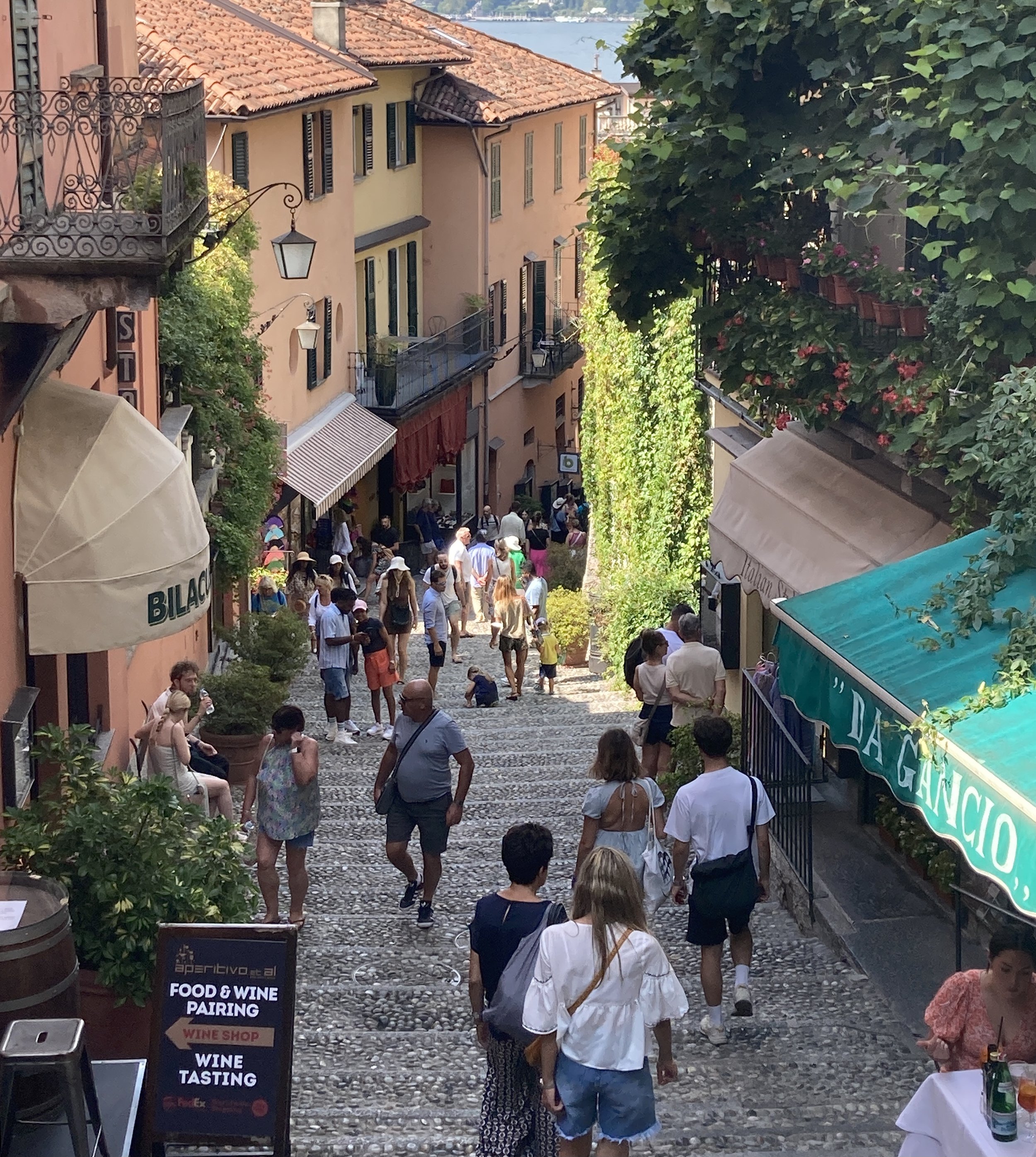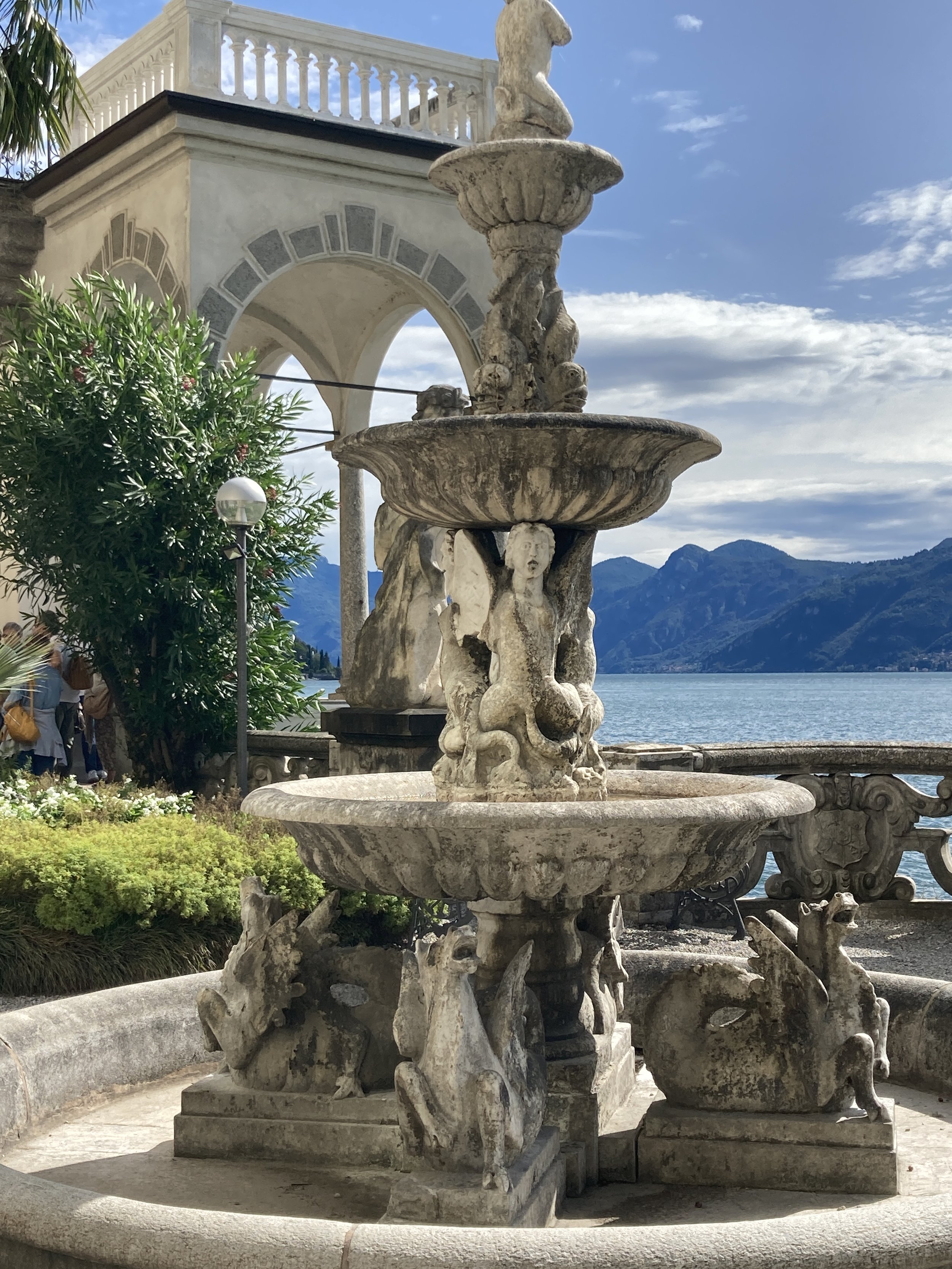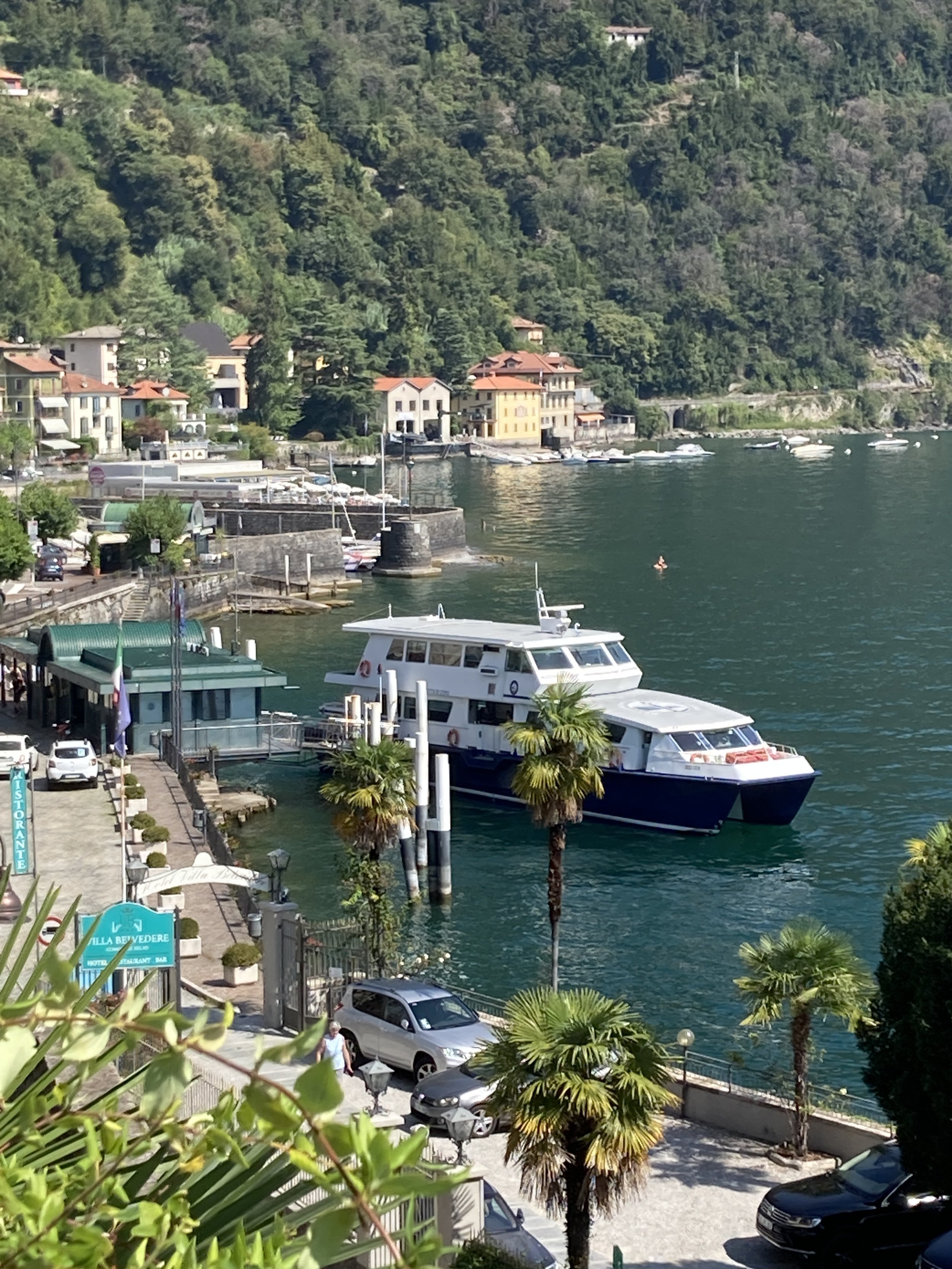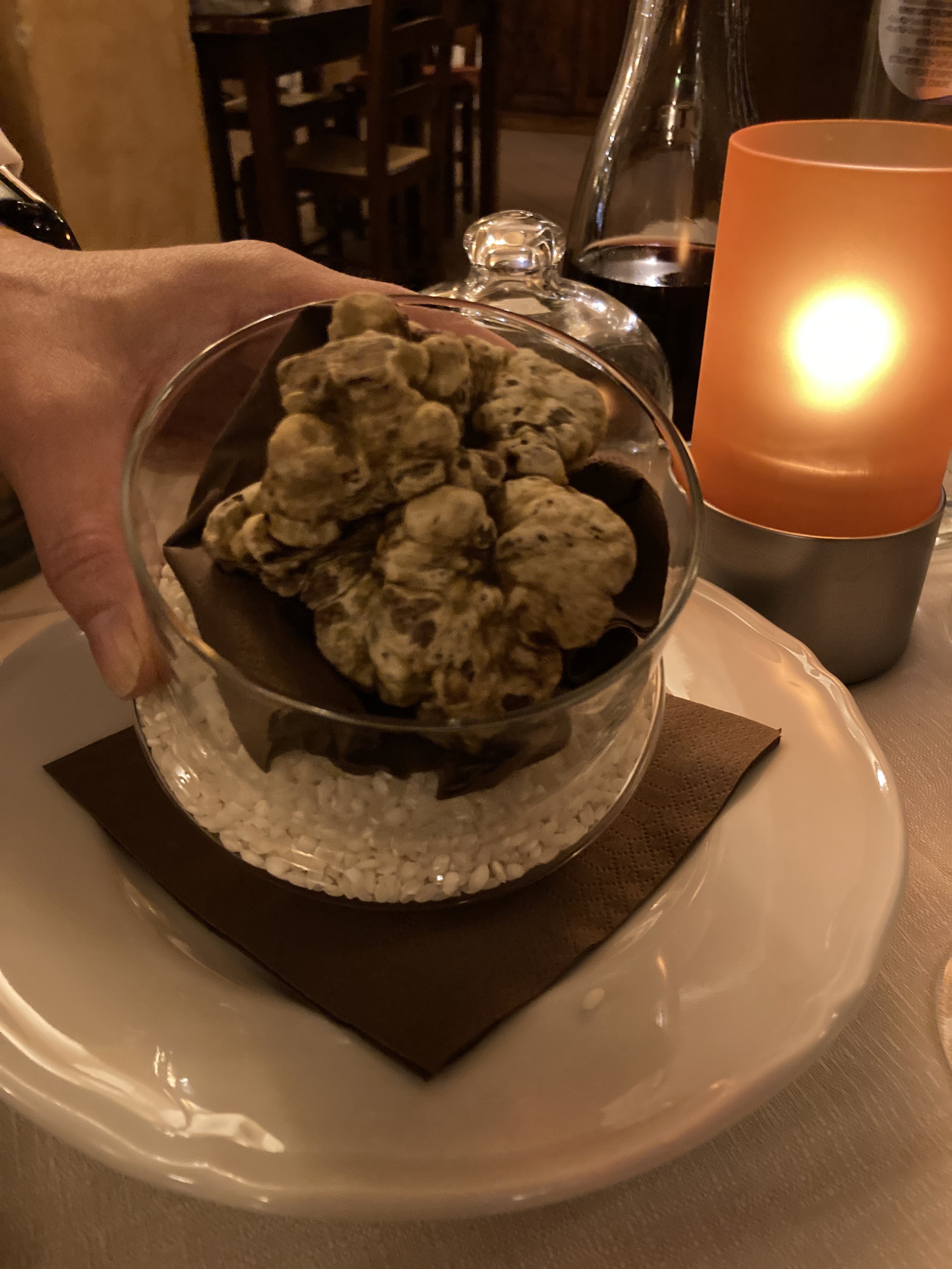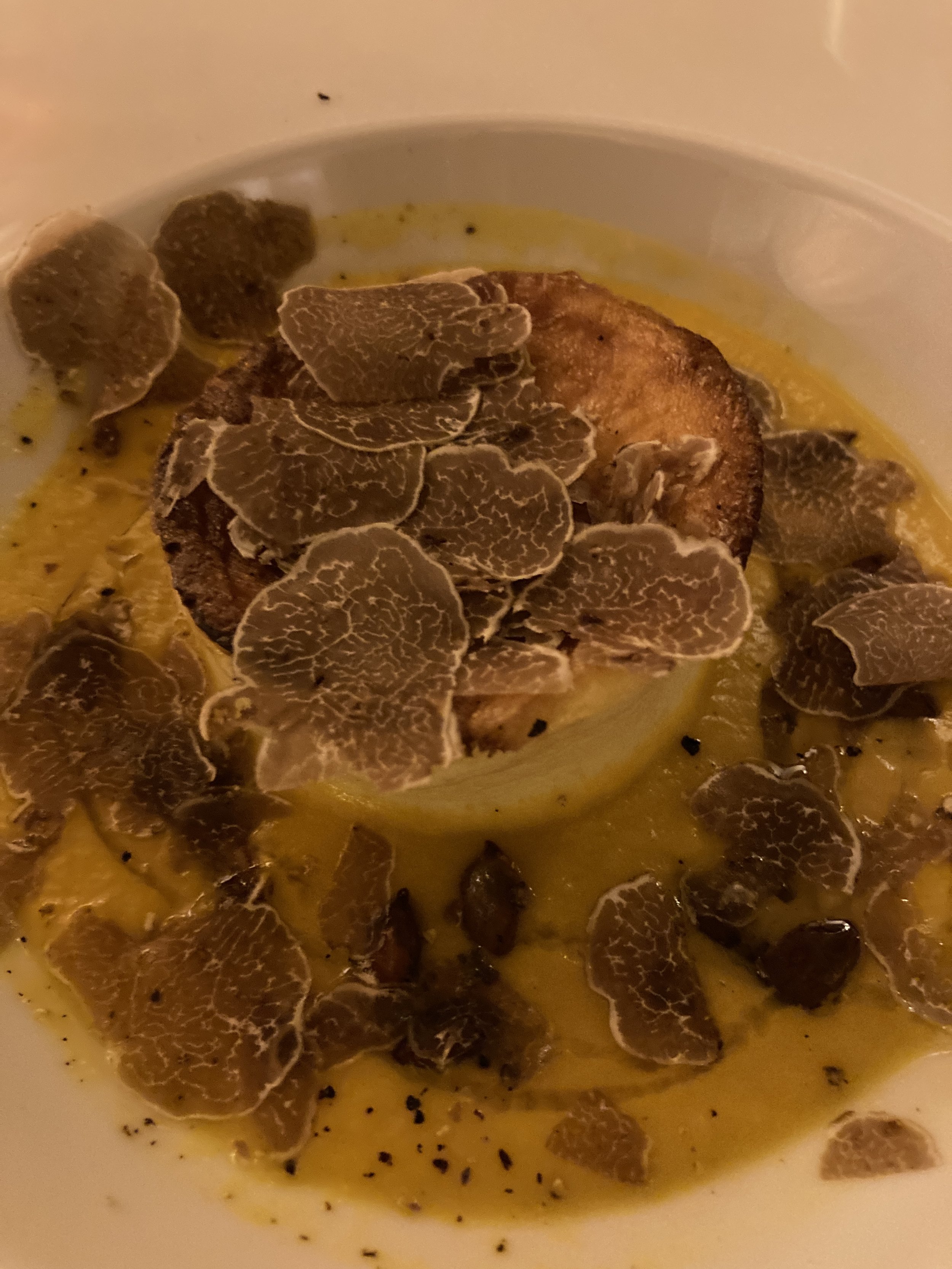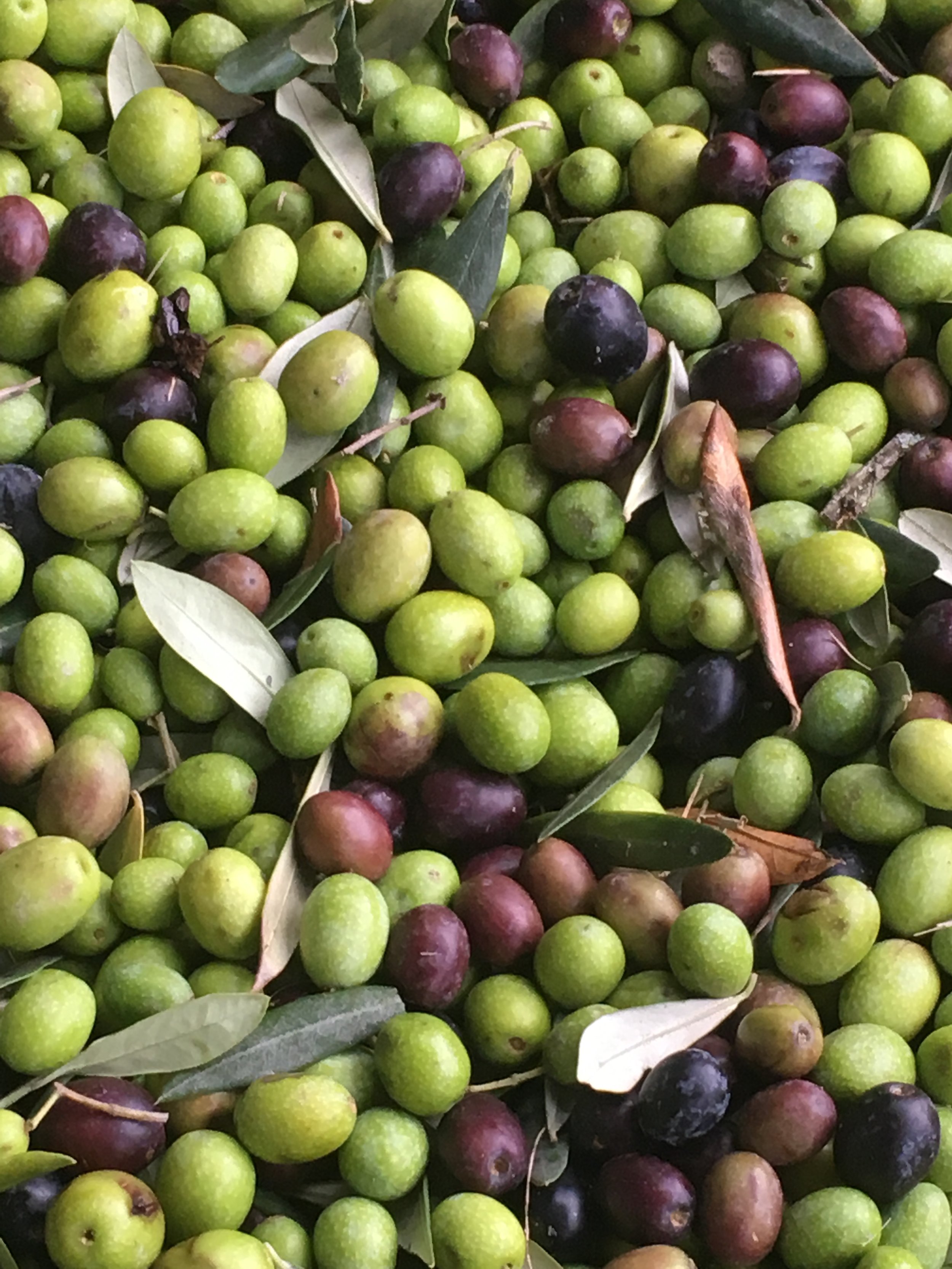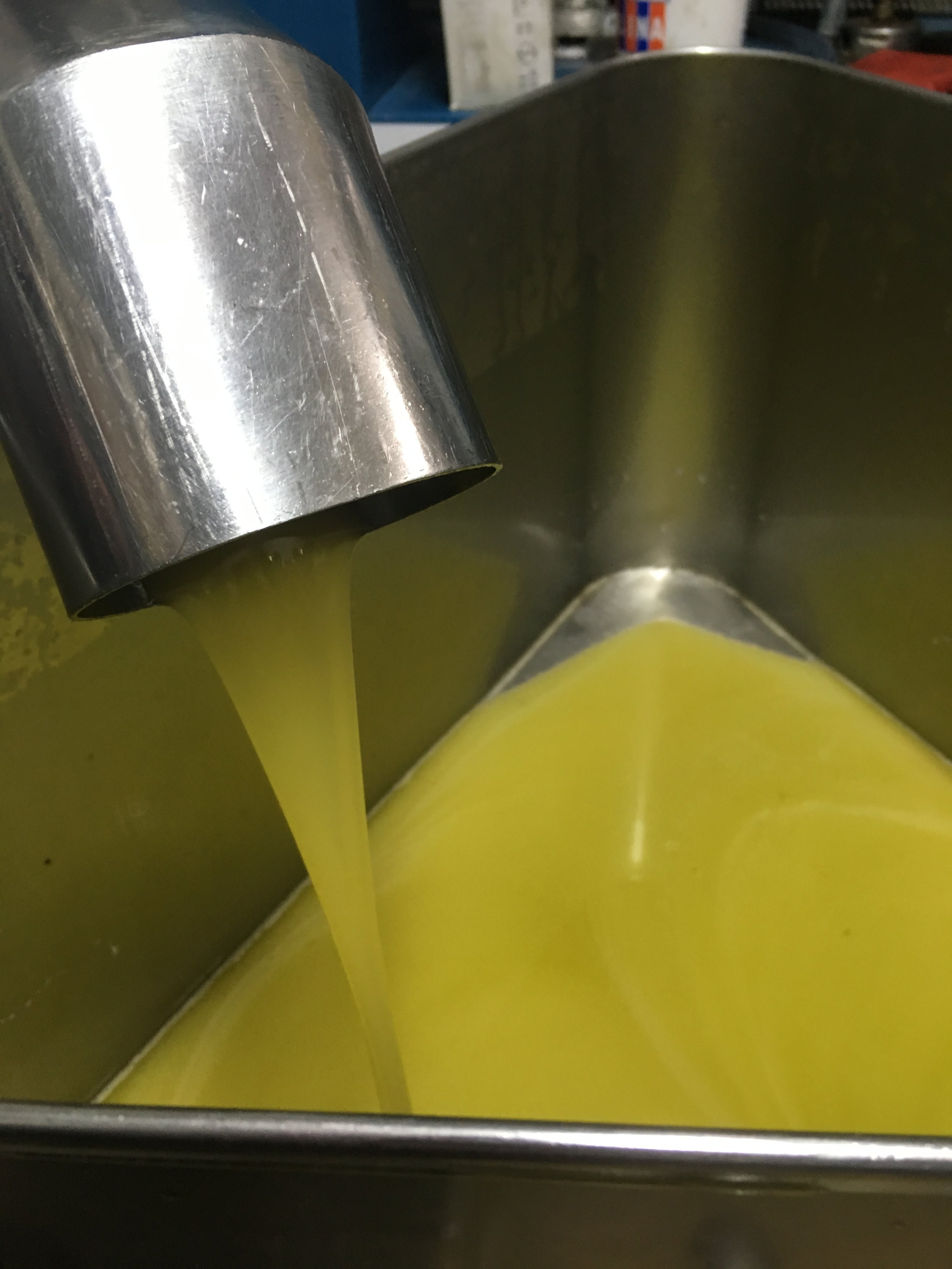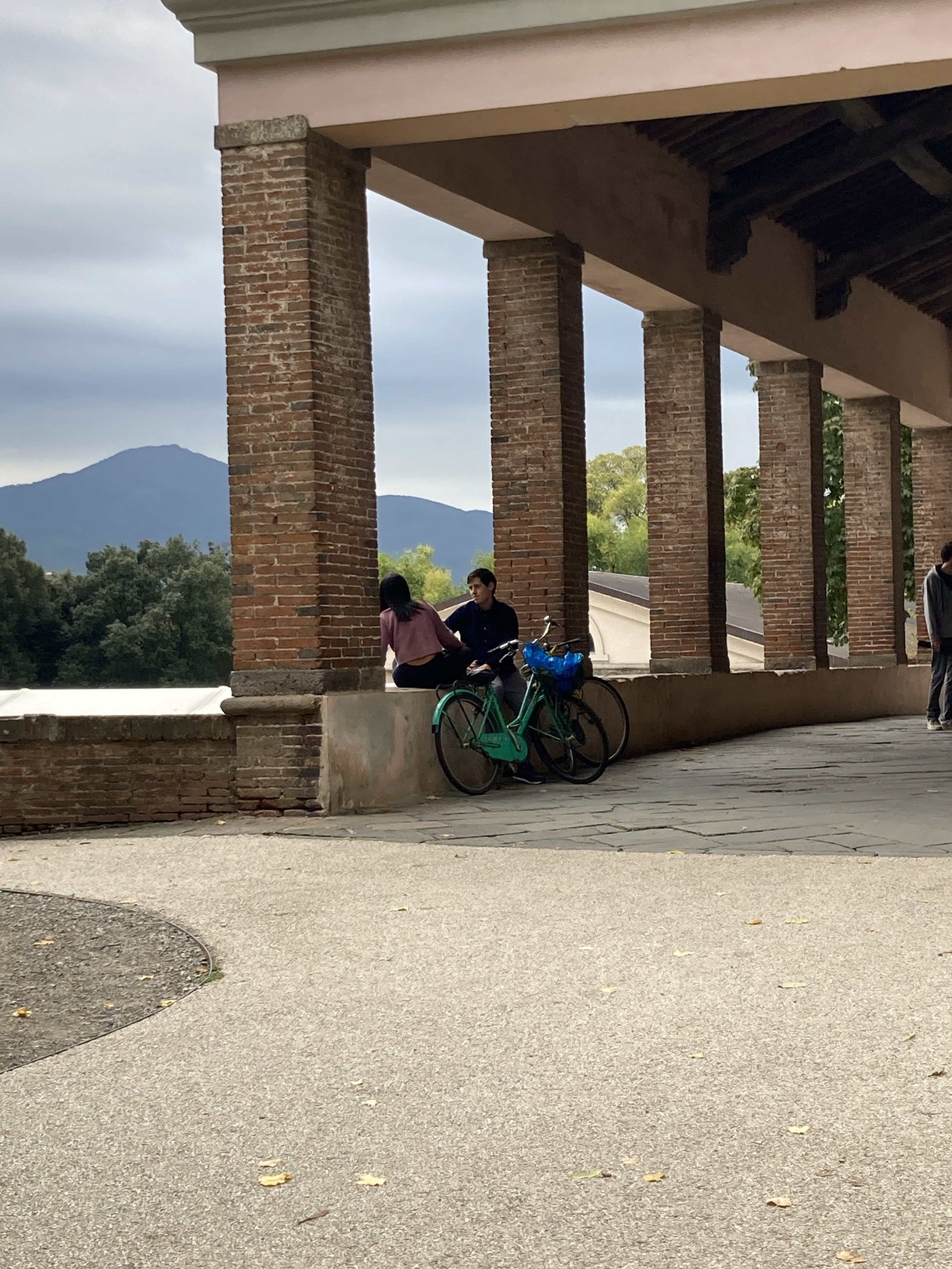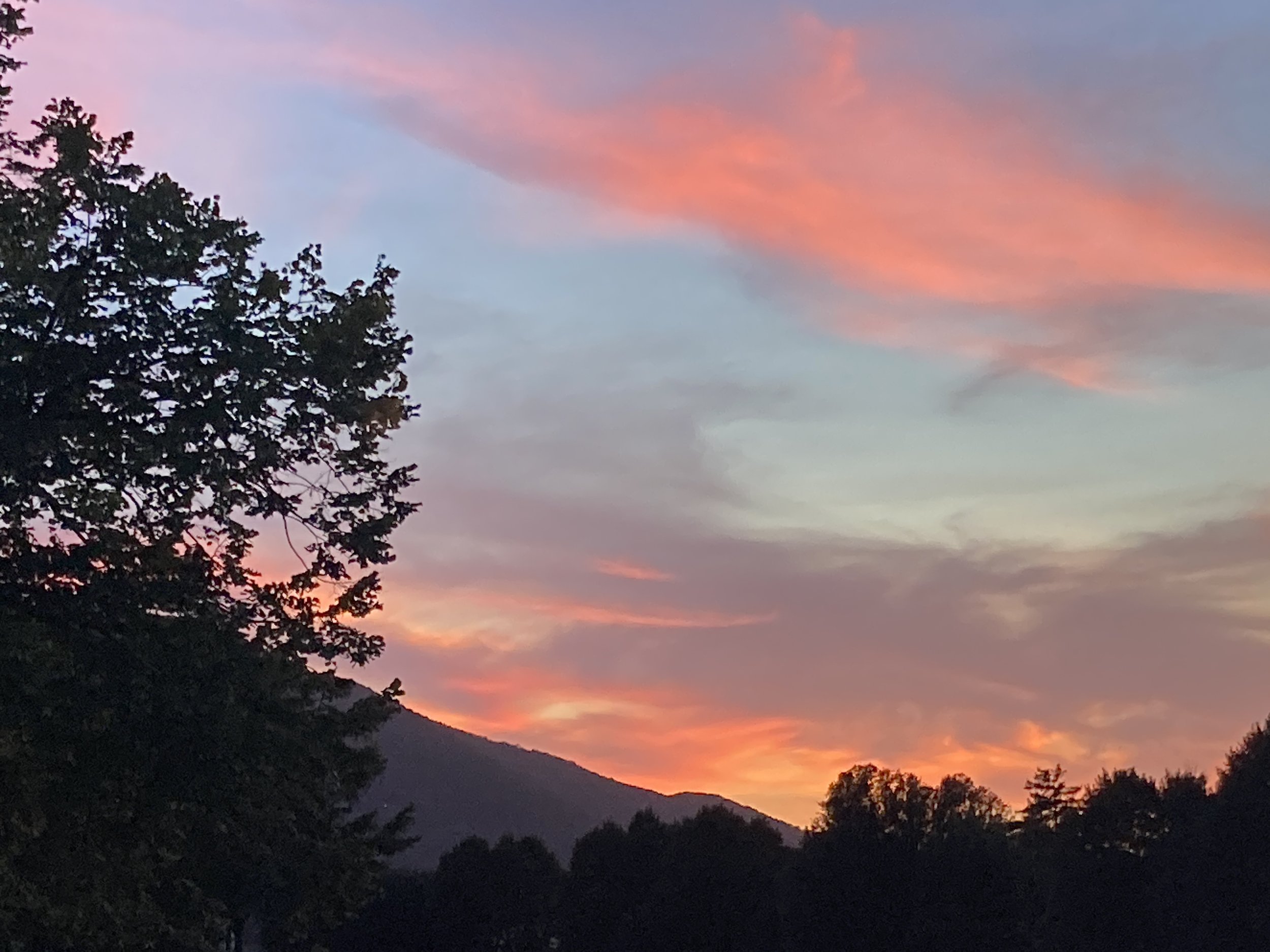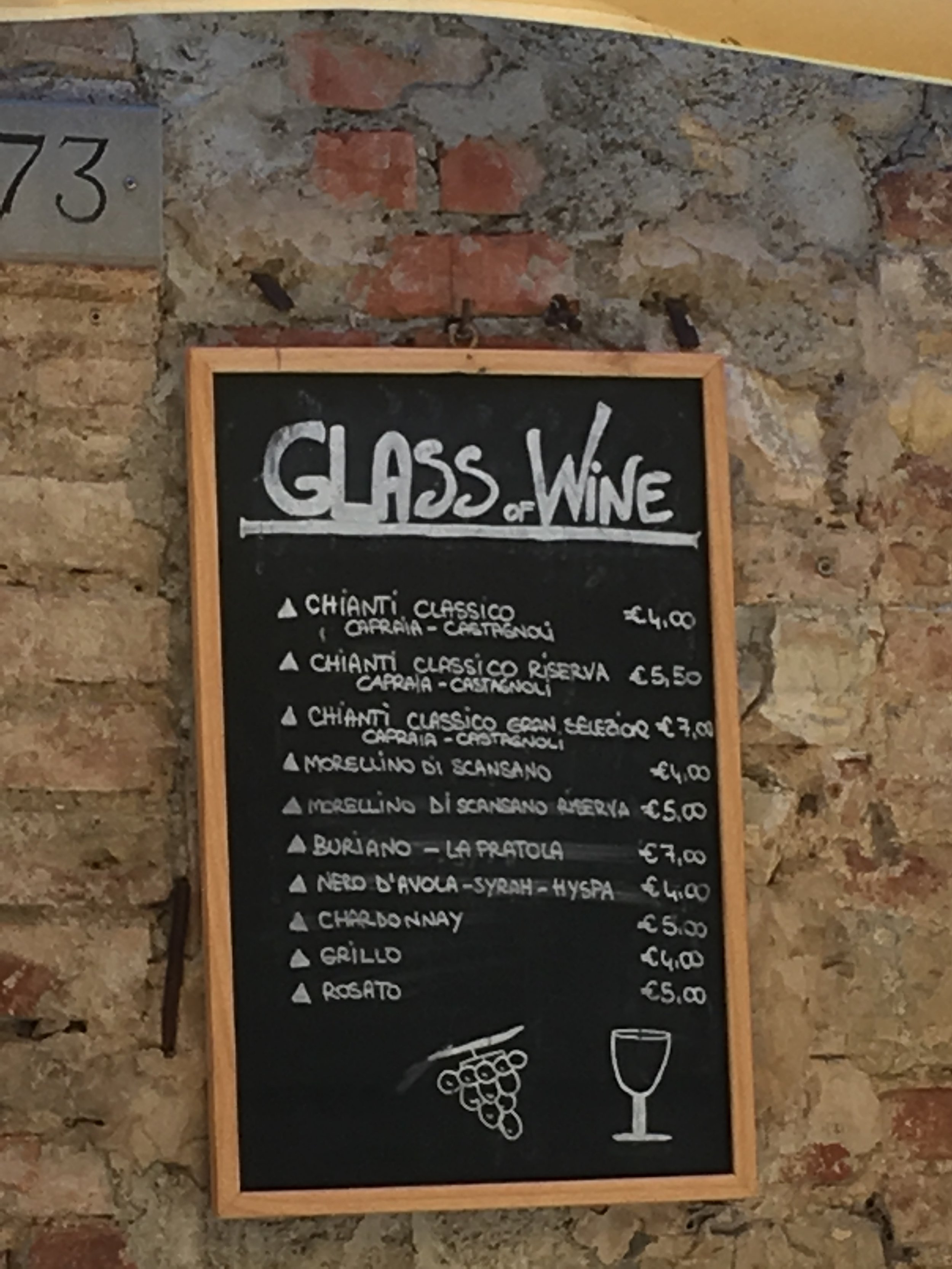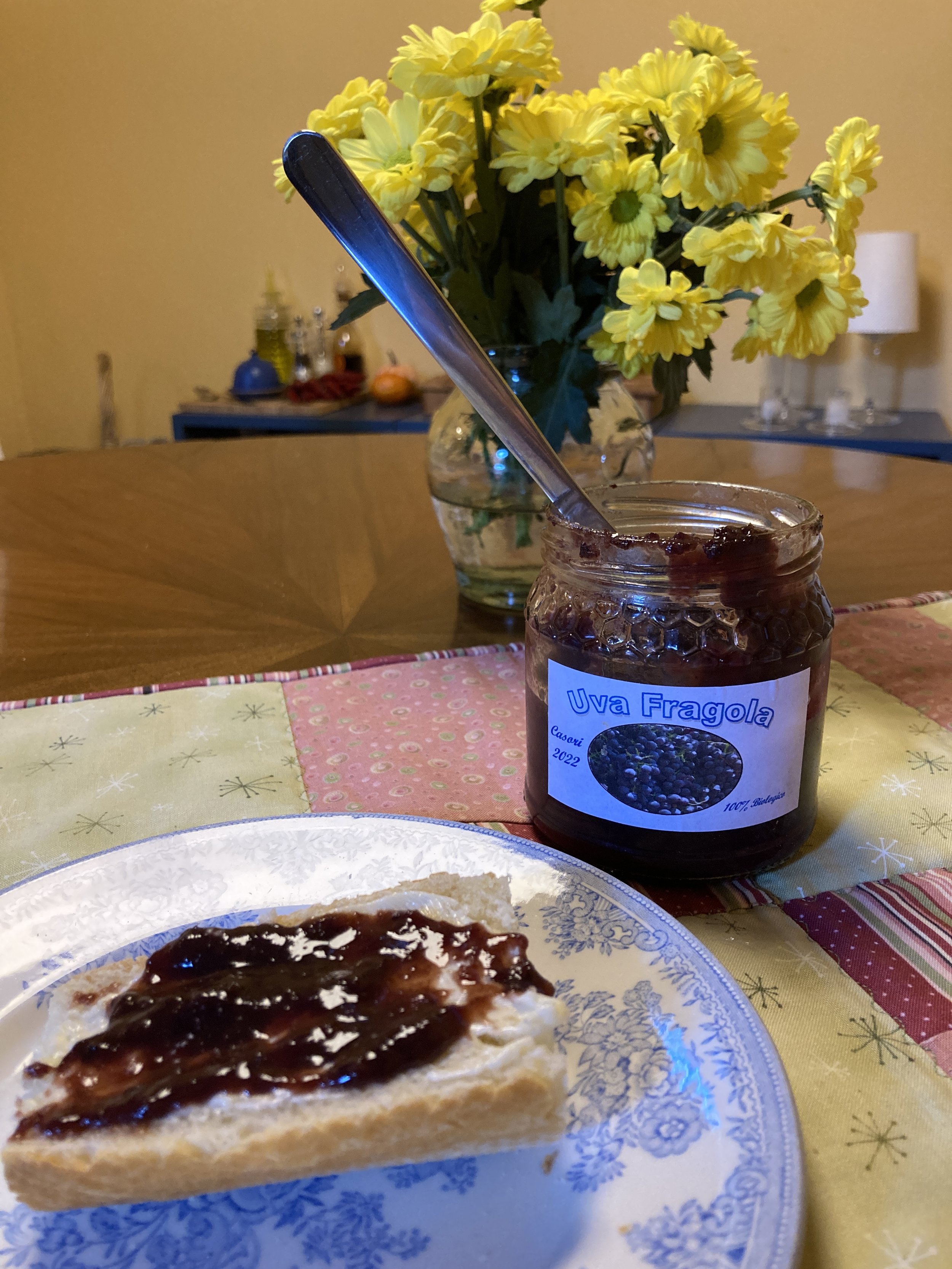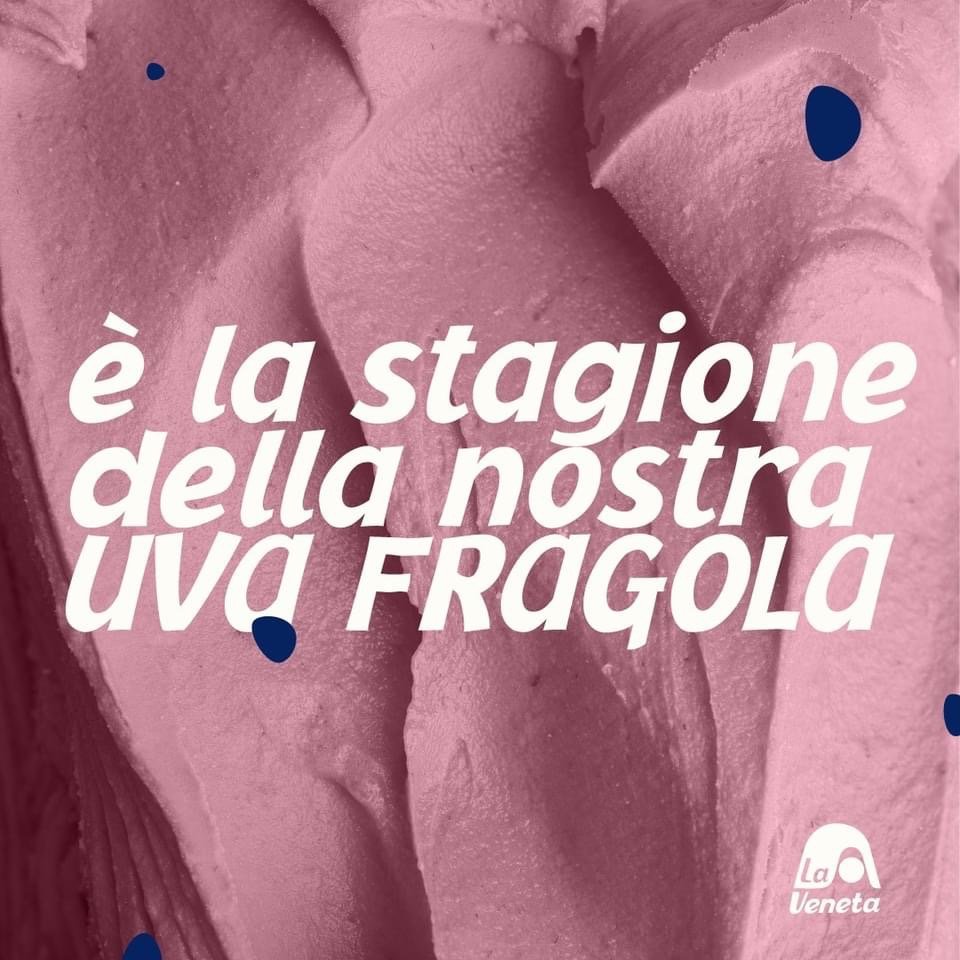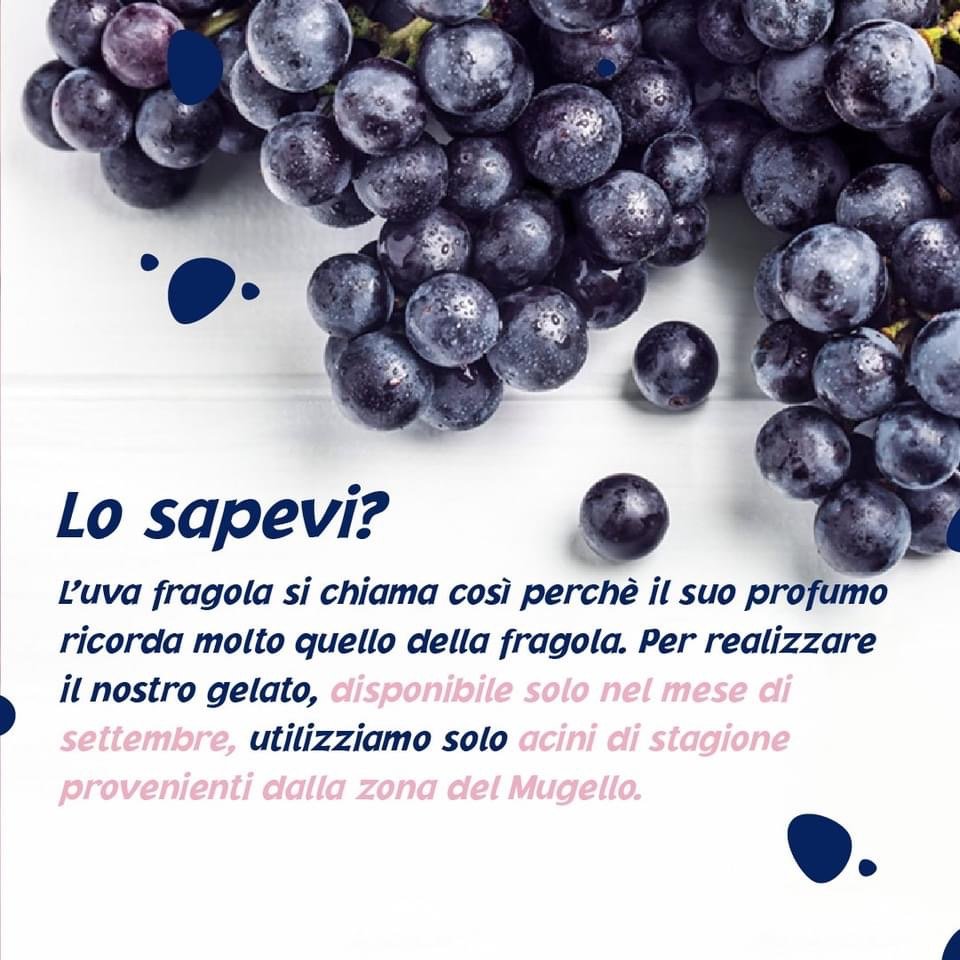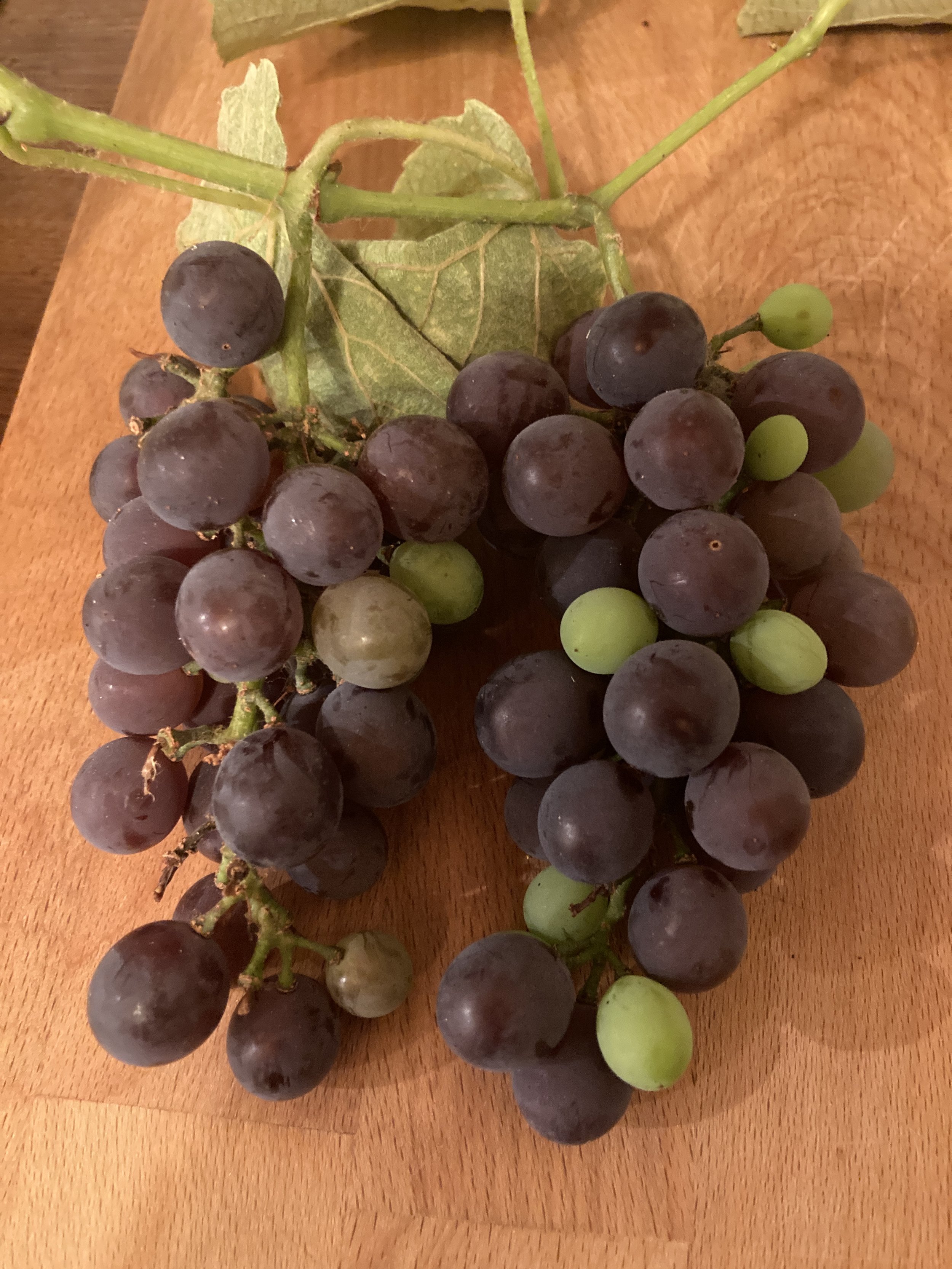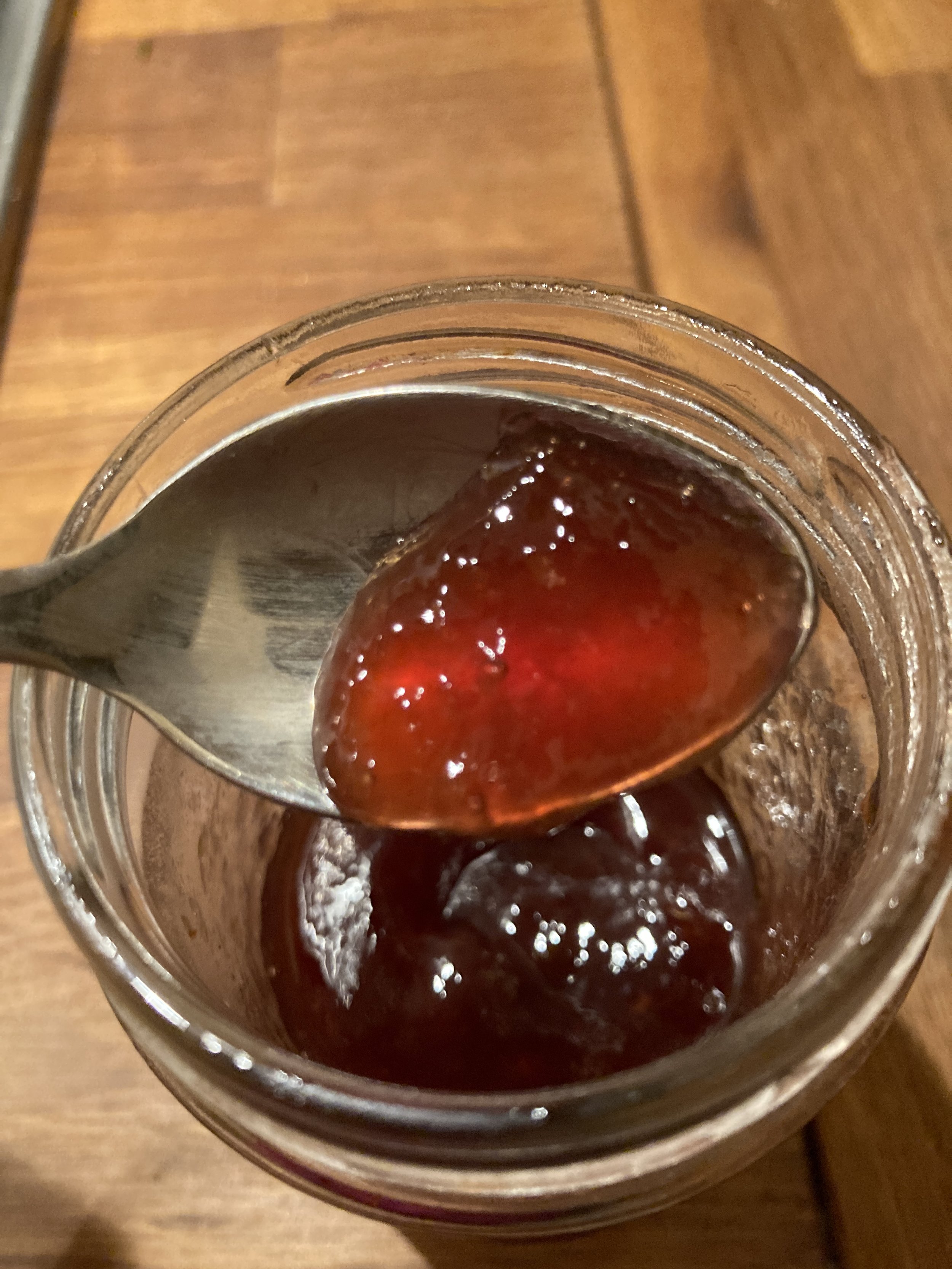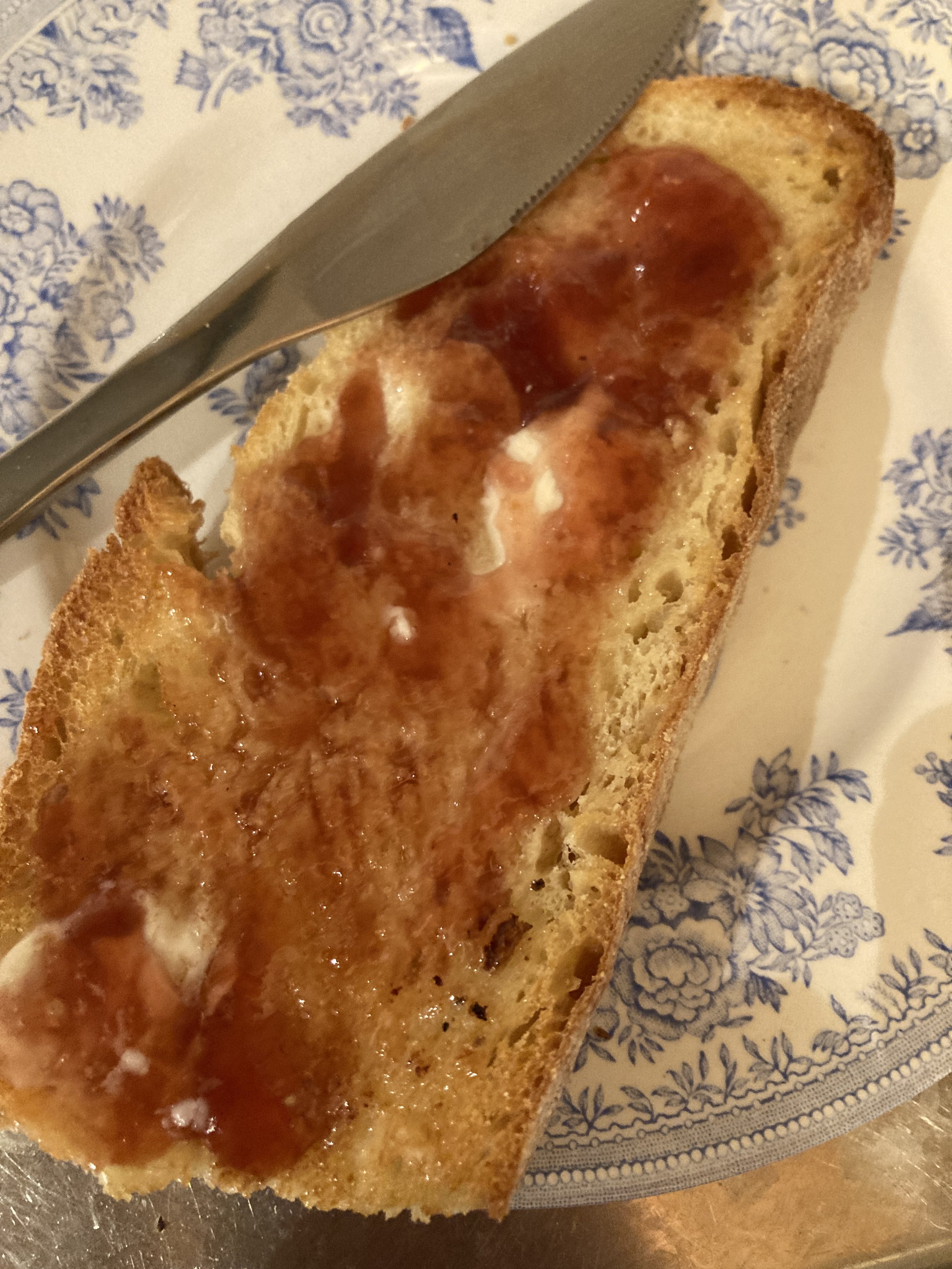From My Italian Kitchen: Pollo alla Cacciatore
The arrival of winter in Tuscany brings colder temperatures, rain, and a chill that goes right through you. The change in weather signals the beginning of the season for heartier meals – roasted meats, soups brimming with winter vegetables and beans, peppery stews, and risottos with pumpkin and sausage.
One of my favorite winter weather dishes is cacciatore, the hunter’s stew. This is something my mother often made. She may have been Irish, but she had a good Italian neighbor who taught her this dish.
In Tuscany, Cacciatore is most often made with rabbit or chicken. Many variations of the recipe exist, each with its own little flavor twist. Some include olives or capers, some start with a base of carrots and celery. Some call for mushrooms, plentiful in Italy during fall and winter. My mother always added green peppers (definitely an American addition). The only certain ingredients seem to be lots of onions, a little garlic, and tomatoes (though I’ve even seen a version from southern Italy with no tomatoes at all).
Over the years I’ve made some changes to my mother’s recipe. I now make a cacciatore more like what I find in Tuscany, which includes adding some olives and mushrooms (and definitely no green peppers). I prefer the flavor and tenderness of dark meat, so generally use leg / thigh quarters. My favorite butcher in Lucca will cut the chicken pieces into “chunks” with the bone and skin still in place. The cut pieces are easier to brown than whole thighs and are a nice presentation in the finished dish.
One key to a good cacciatore is using the right kind of tomato to make the sauce. An Italian passata works best. Passata is an uncooked puree of tomato with nothing else added. It has just a bit of natural sweetness and makes a better sauce than a polpa which has finely chopped tomatoes with juice.
A bit of heat can be added with just a pinch of red pepper flakes. Browning the chicken in oil and sauteing the onions and mushrooms before adding the tomatoes and spices deepens the flavors.
Pollo alla Cacciatore is a simple rustic dish but it works great as a meal for guests. Better yet, it tastes even better when made a day ahead of time. Leftovers freeze well, an added bonus!
The cacciatore goes perfectly on top of creamy polenta.
The recipe:
4 meaty leg / thigh quarters; skin on.
2 Tablespoons of extra virgin olive oil
1 teaspoon flour
Salt and Pepper
1 large onion, sliced thin
10 ounces of sliced white mushrooms
3 cloves garlic, minced
24 ounce jar of tomato passata
¾ cup dry white wine
1 bay leaf
2 teaspoons finely chopped fresh rosemary
½ cup black olives
Pinch of red chili flakes (optional)
Sea Salt and coarsely ground black pepper to taste
Sprinkle the chicken pieces lightly with salt, pepper, and the flour. In a heavy pan, working in batches, lightly brown the chicken on both sides in the olive oil. Remove and set aside.
Add the sliced onion to the pan, sauté until onions are translucent, about 5 minutes. Scrape up the browned bits on the bottom of the pan as the onions cook. Add the mushrooms and sauté another 5 minutes. Add the minced garlic for a brief 2 minutes.
Add in the white wine and again scrape the brown bits from the bottom of the pan. Let the wine bubble for a couple of minutes and then add the tomato passata, bay leaf, rosemary, pinch of flaked red chili pepper, olives, and the chicken with any juices that accumulated while it rested.
Bring to a simmer, reduce heat, and simmer over low partially covered for 90 minutes, stirring periodically. When the chicken is tender remove it from the pan, if using whole thighs I like to take the meat off the bone and return it to the sauce. This isn’t essential but makes the dish much easier to serve and eat. If using smaller pieces of chicken (like the ones my butcher chops for me), I just leave them intact.
At this point the Cacciatore can be served or refrigerated overnight. It actually tastes better after an overnight rest. Just reheat and serve in bowls over freshly made polenta. Add a sprinkle of freshly grated parmesan at the table.
Leftovers are great over rice or penne pasta. Enjoy !
With some crusty bread, a salad, and some fancy drinks, Pollo Alla Cacciatore makes a meal festive enough for a holiday dinner.
